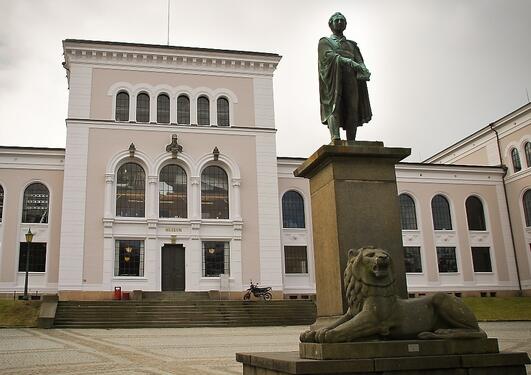Receives millions for project about masculinity and gaming
Professor Kristine Jørgensen and the Department of Information Science and Media Studies receives NOK 12 million from the Research Council of Norway to do research on men's subjective experiences of games as a gendered arena and thereby create better insight into how men experience the increased diversity in the world of gaming.

Main content
The purpose of the funding from the Research Council of Norway is renewal and development in research that can contribute to moving the international research front. The support is given to researchers within all disciplines and research areas who have shown the ability to carry out research of high scientific quality, and research projects at Infomedia will also be funded this year.
The approved project, Understanding Male Gamers, is led by professor Kristine Jørgensen, and is a collaborative project between the University of Bergen's department of Information Science and Media Studies, Western Norway Research Institute, Oslo Metropolitan University and the University of New South Wales.
Principal investigator Kristine Jørgensen explains that the project will focus on men's subjective experiences of games as a gendered arena and will thus gain better insight into how men experience the increased diversity in the gaming world.
- We will investigate claims that male players feel marginalized in light of the increased diversity, and study this in the light of claims from other parts of society about male marginalisation. We will combine masculinity studies with game studies and in particular shed light on the role identity plays in how one experiences changed ideals of masculinity working together with an identity as "gamer".
- This provides us the opportunity to bring together an international interdisciplinary research group to study masculinity and male experiences of computer game culture, she concludes.

